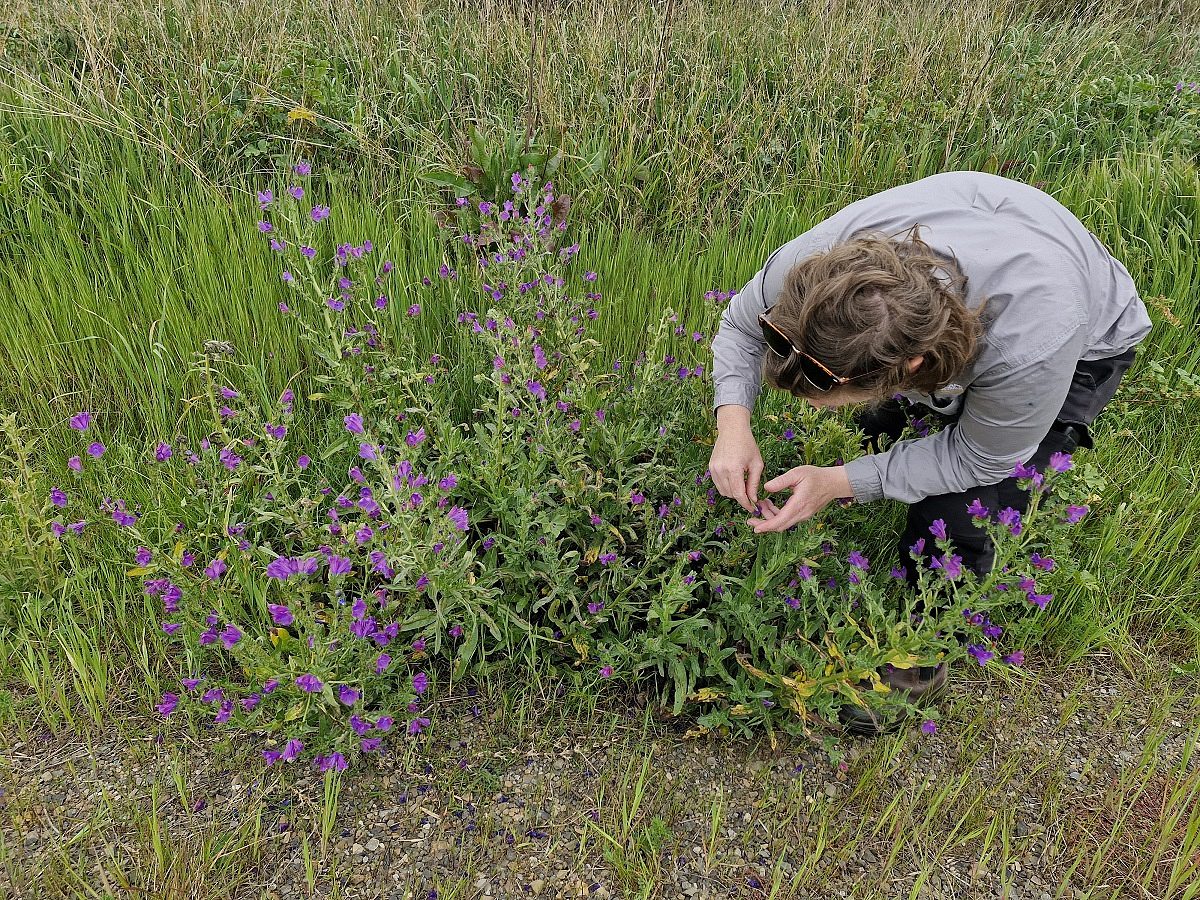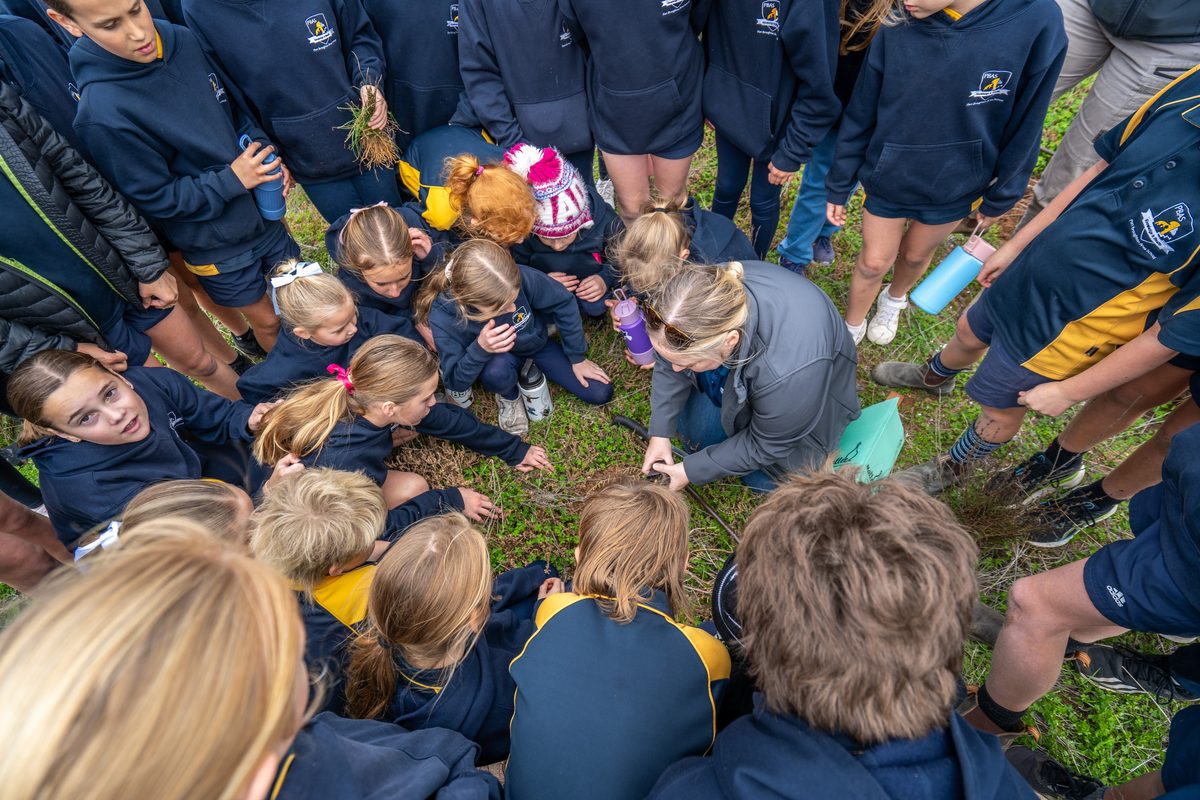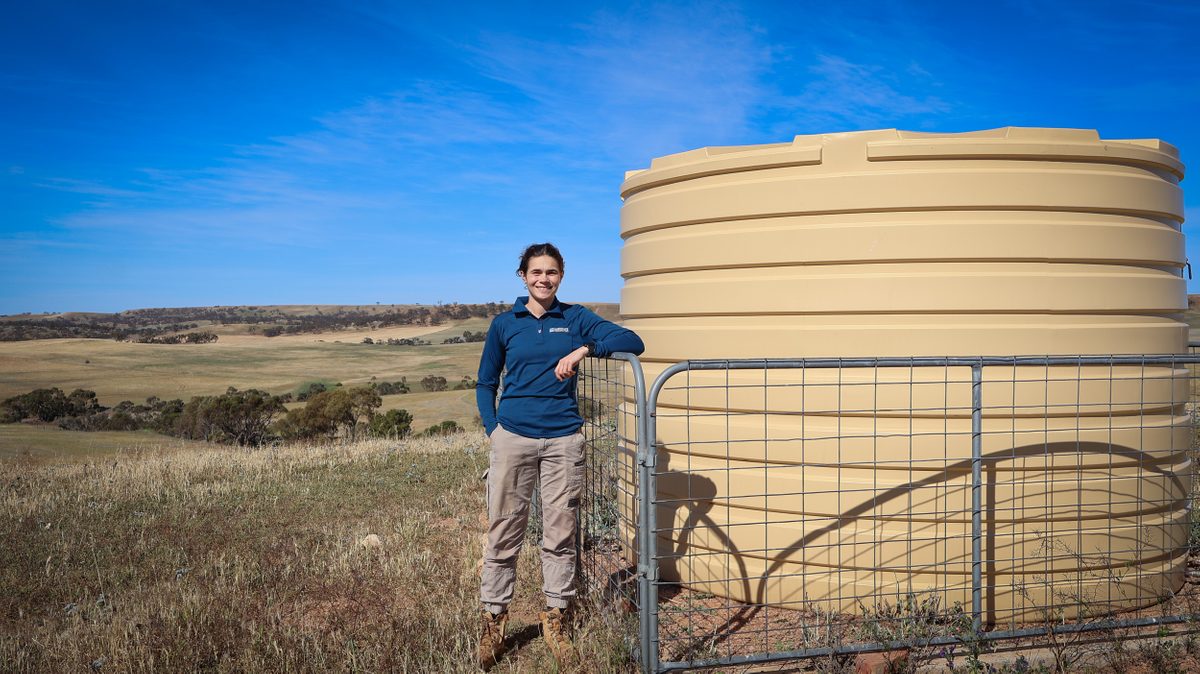Campfires in National Parks
The SA Country Fire Service (CFS) extended the Fire Season in some districts due to continuing dry conditions across many areas of the state.
The SA Country Fire Service (CFS) extended the Fire Season in some districts due to continuing dry conditions across many areas of the state.
In response to this, the Department for Environment and Water (DEW) has extended the fire restrictions to Dhilba Guuranda-Innes National Parkon Yorke Peninsula until 30 April 2019.
DEW Group Executive Director for Parks and Regions Grant Pelton said while Dhilba Guuranda-Innes National Parkwill not allow any fires to be lit until the Fire Danger Season is over, many other Parks are allowing people to have small campfires in line with CFS guidelines for comfort fires (cfs.sa.gov.au).
“It’s timely to remind parks visitors that strict conditions apply to lighting fires in National Parks, even where campfires are allowed,” Mr Pelton said.
“Campfires must be carefully managed, only be in designated areas and must be controlled until extinguished.
"No fire wood can be collected from reserves and wilderness protection areas, so people need to bring their own materials to make a campfire in a National Park or Reserve."
For the latest information regarding which parks have fire restrictions, people can call their local Natural Resource Centre or visit the National Parks website. Individual park pages also specify fire restrictions under the ‘safety’ section of each page.
This information relates to changes on National Parks land only. Restrictions under the Fire and Emergency Services Act may remain on other land.
Where lighting campfires remains permissible during these dates, campers must ensure they are following the CFS legislation by:
- Only using designated campfire areas;
- Making sure the area around and above the fire is clear to 4 metres;
- Having a responsible person near the fire at all times with water or an appropriate extinguisher on hand; and
- Making sure the fire is out before leaving the campsite.


